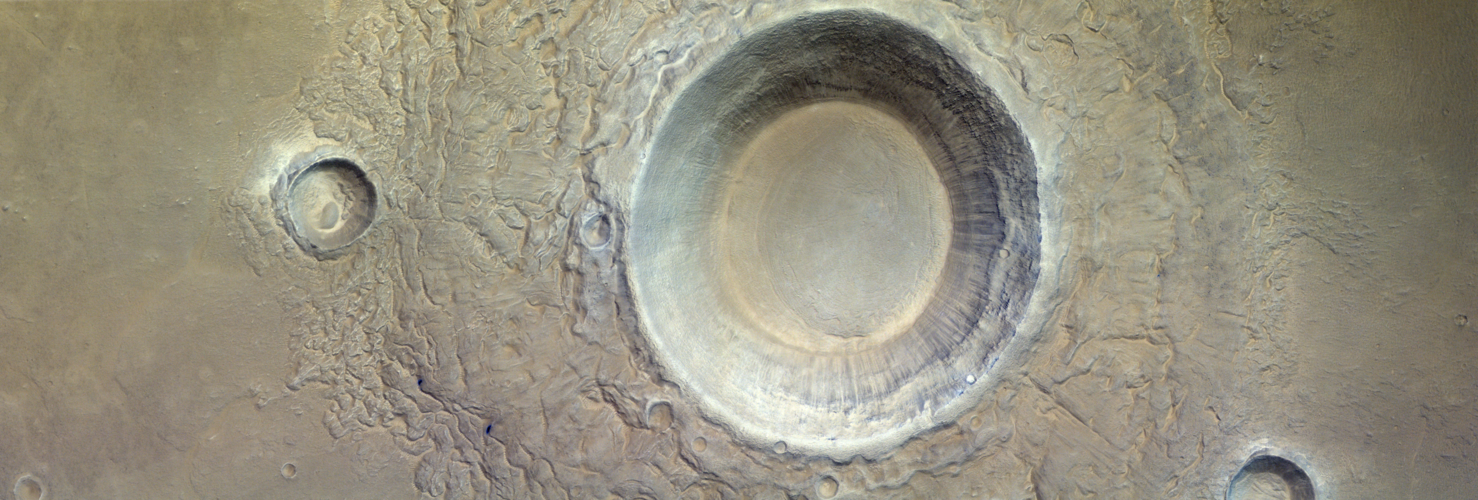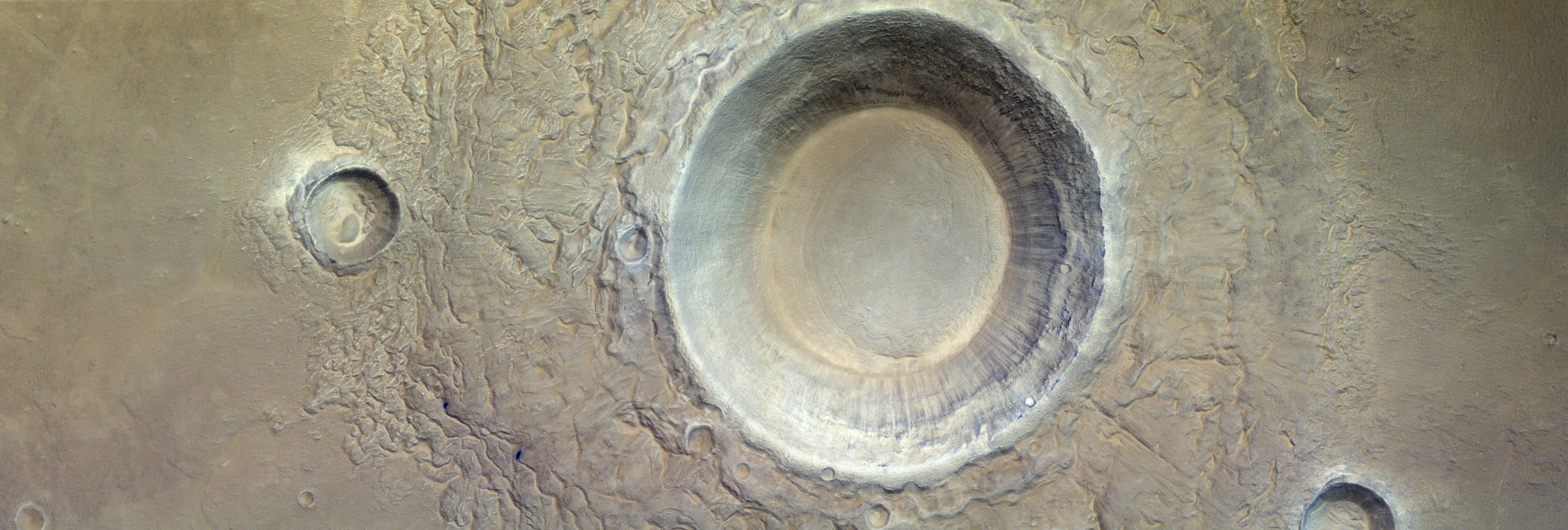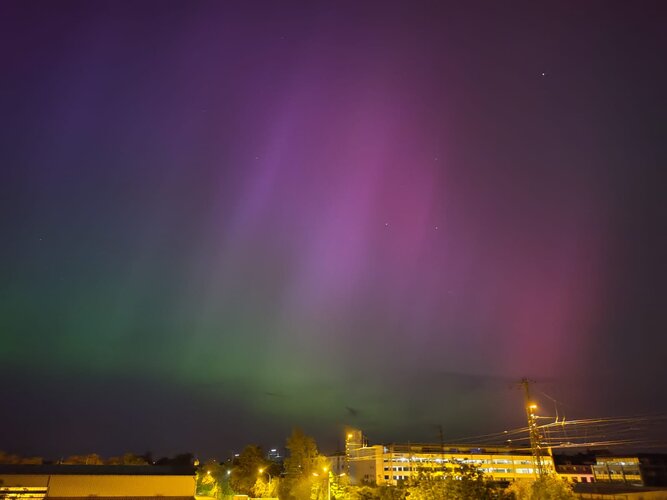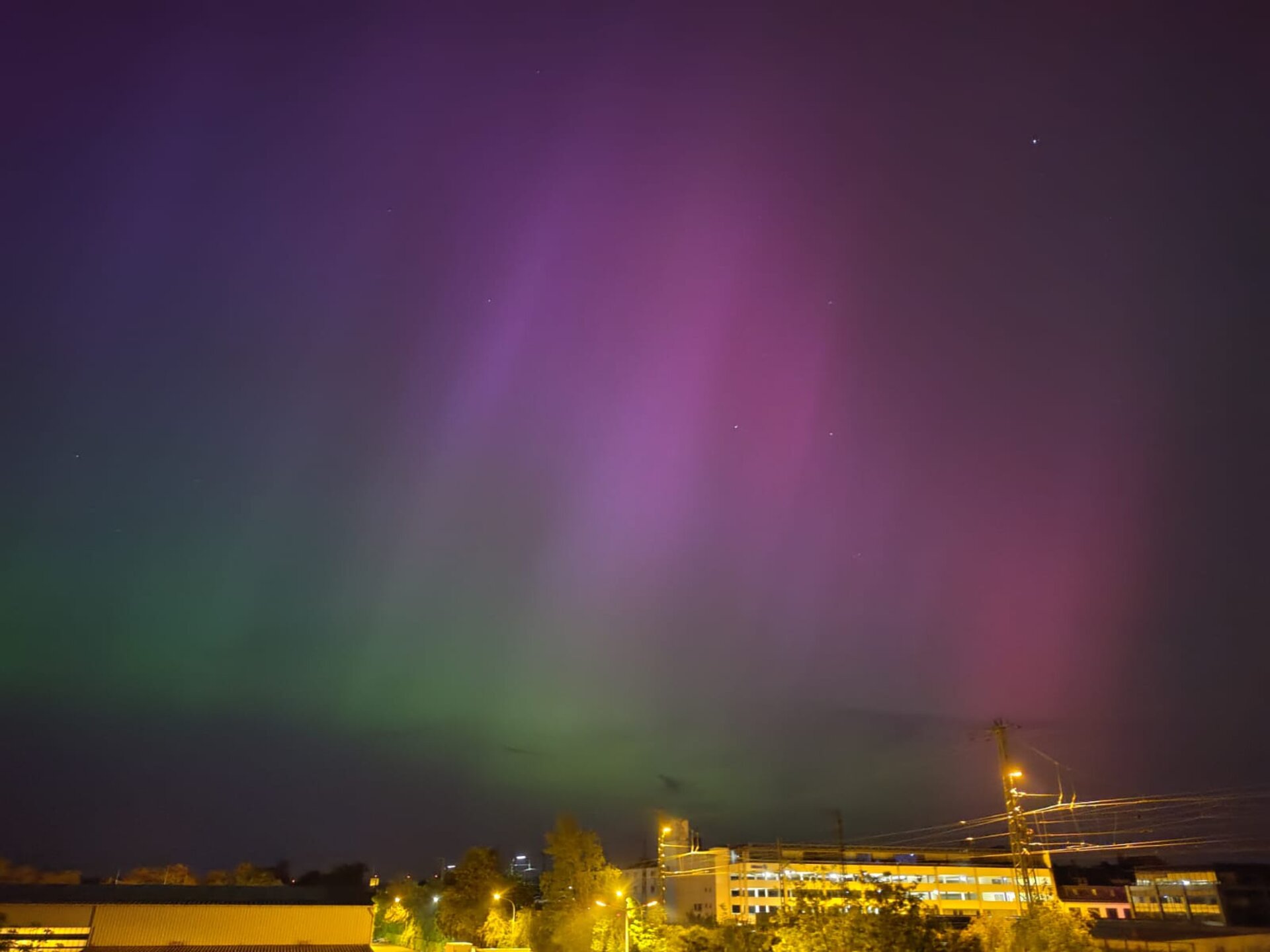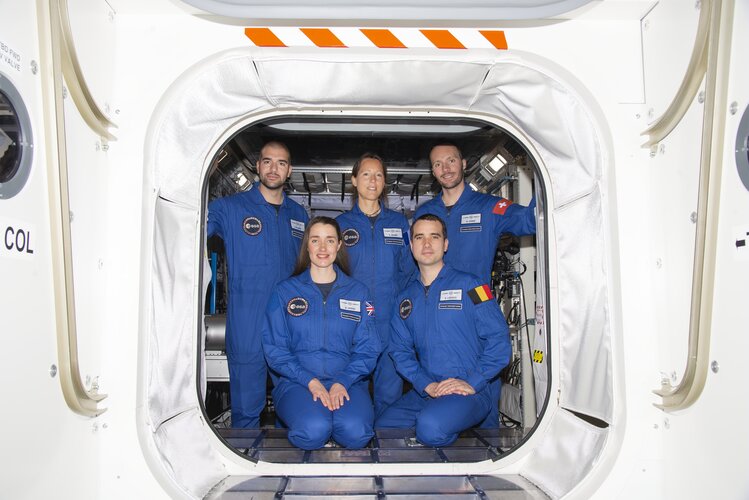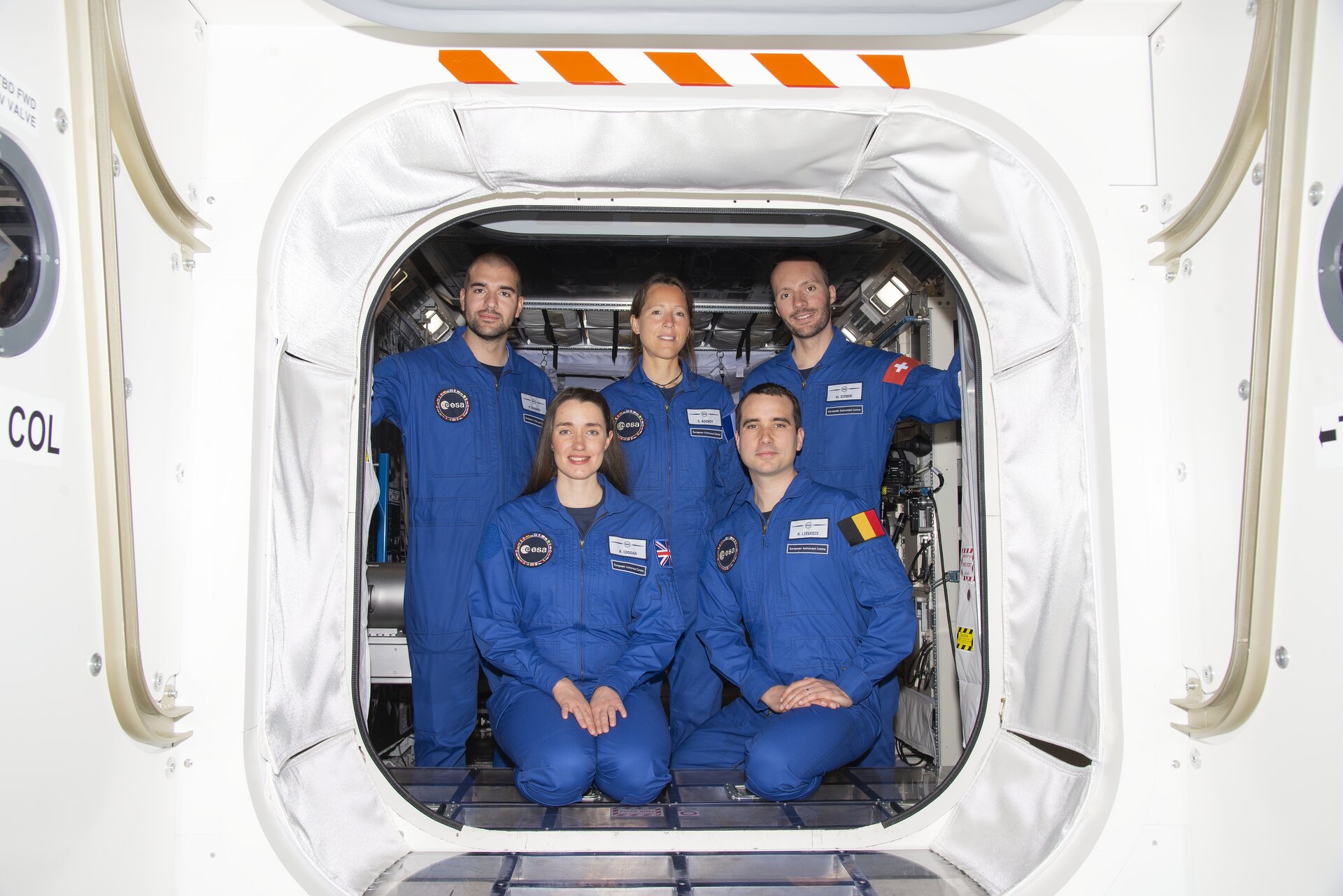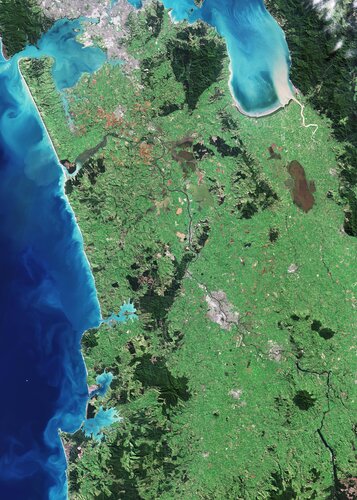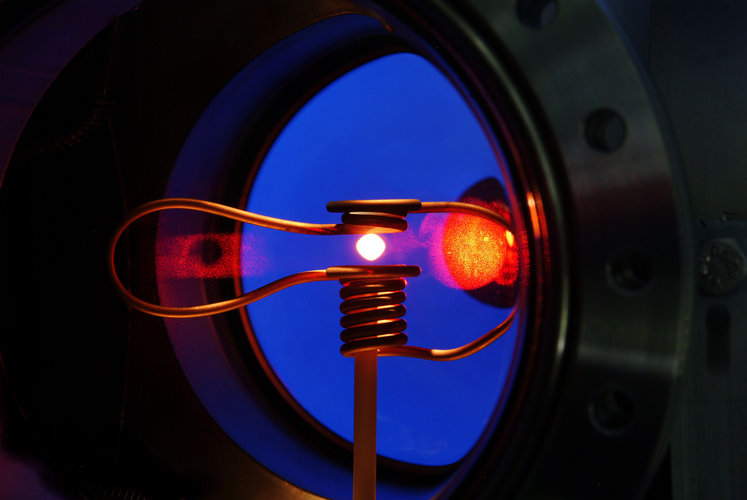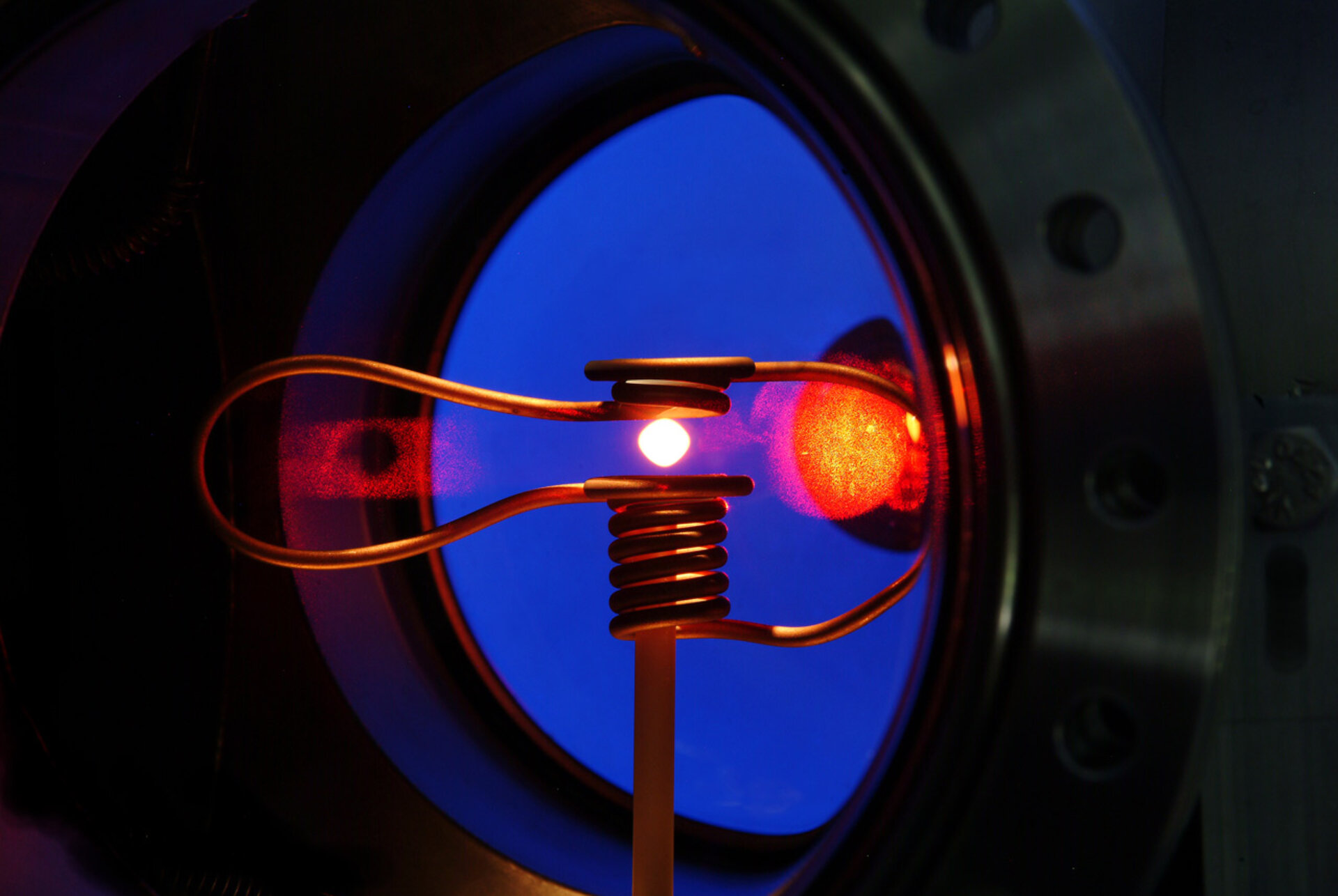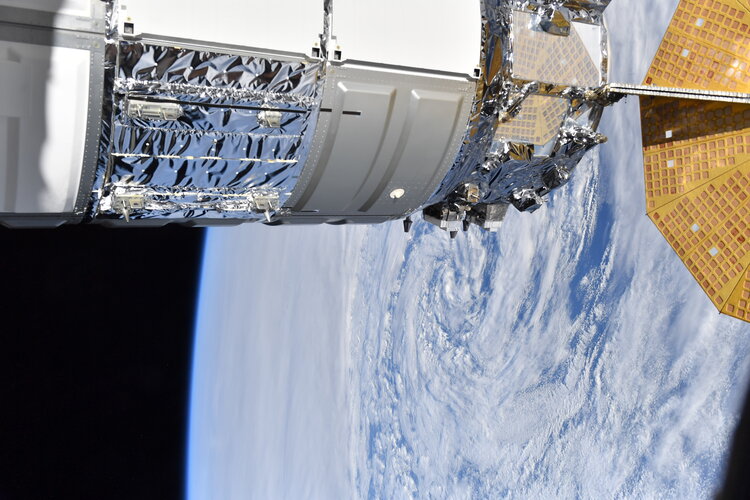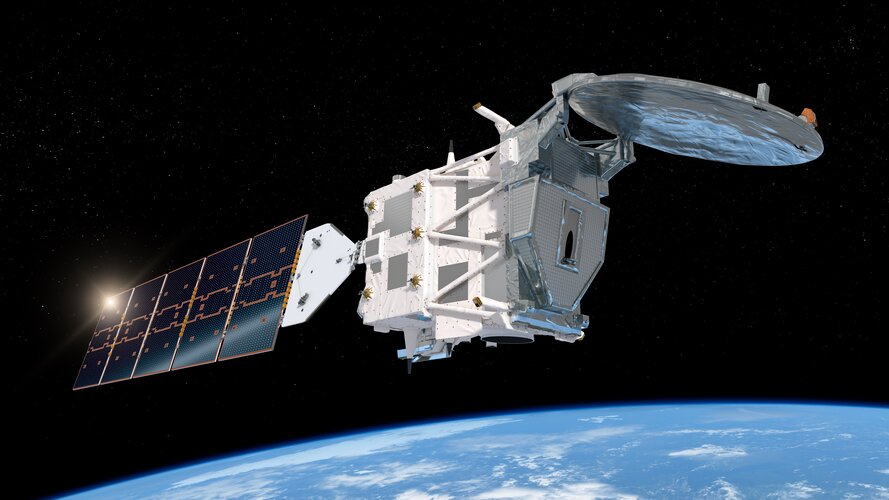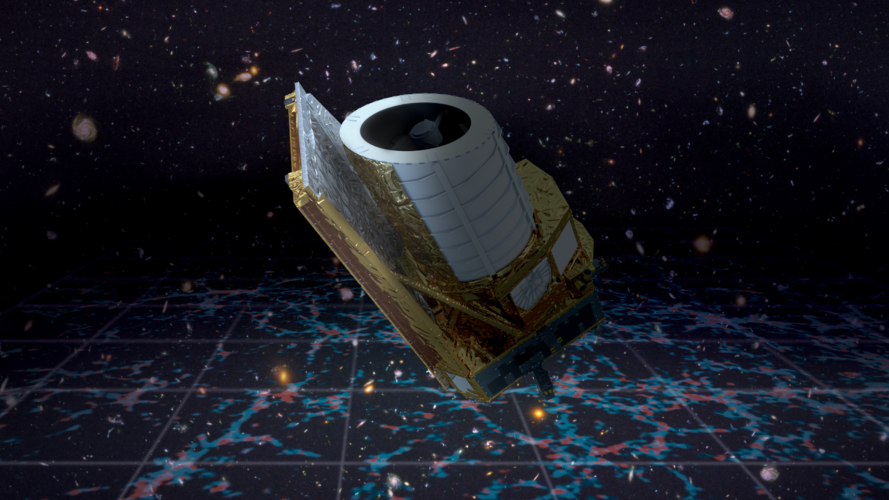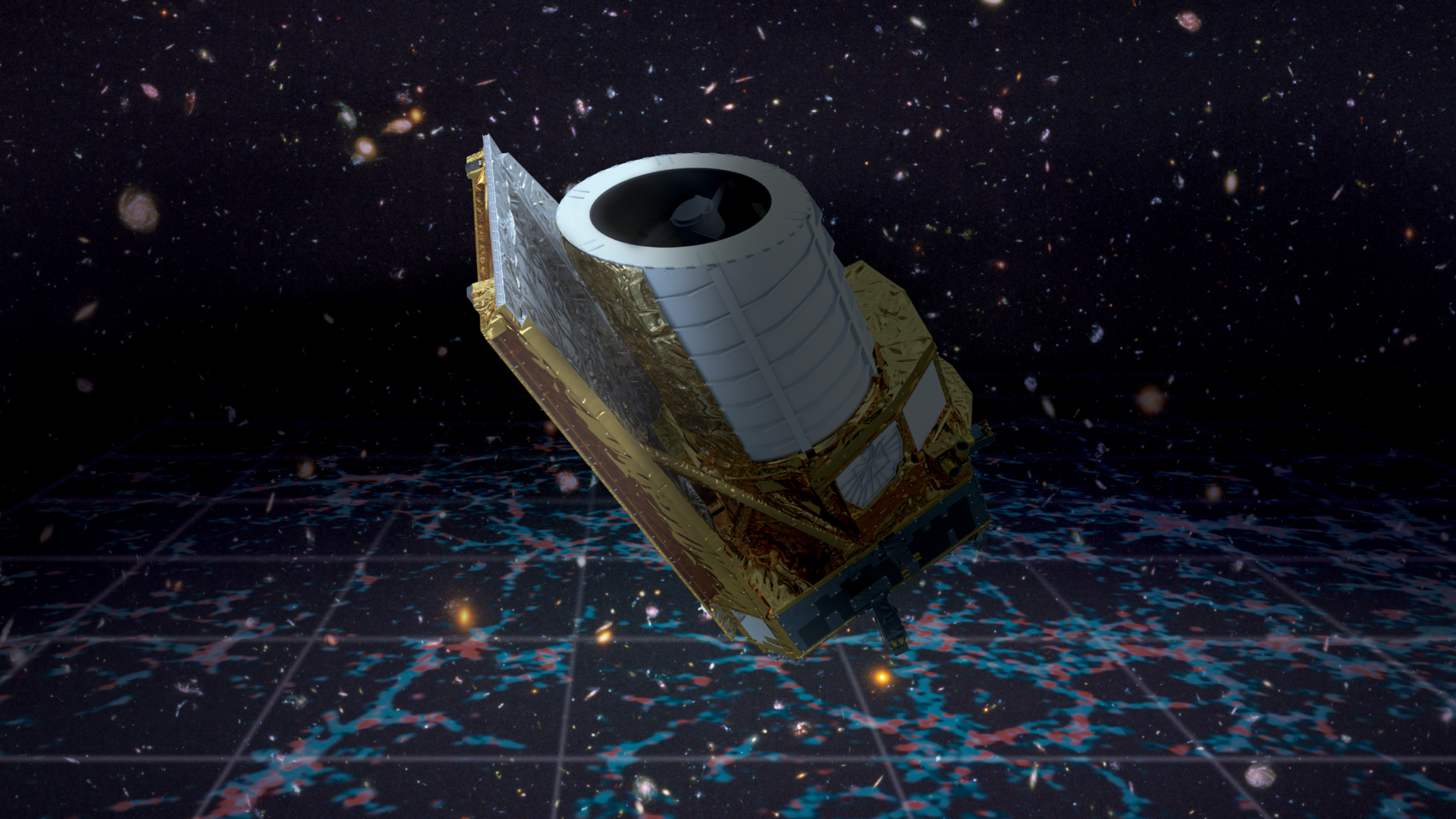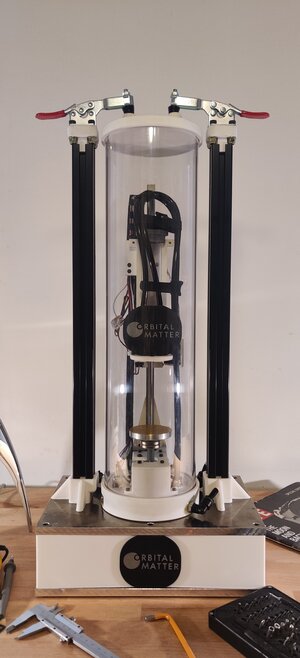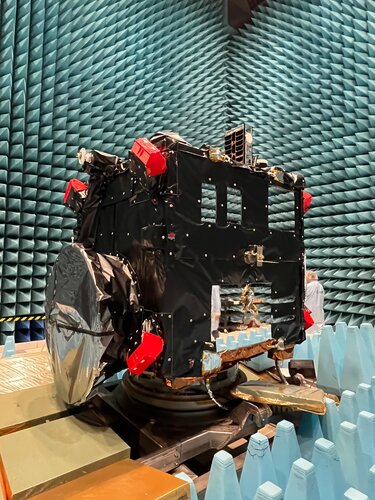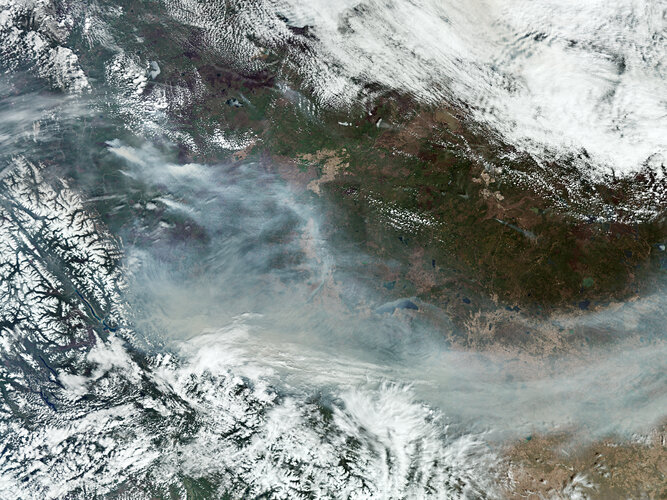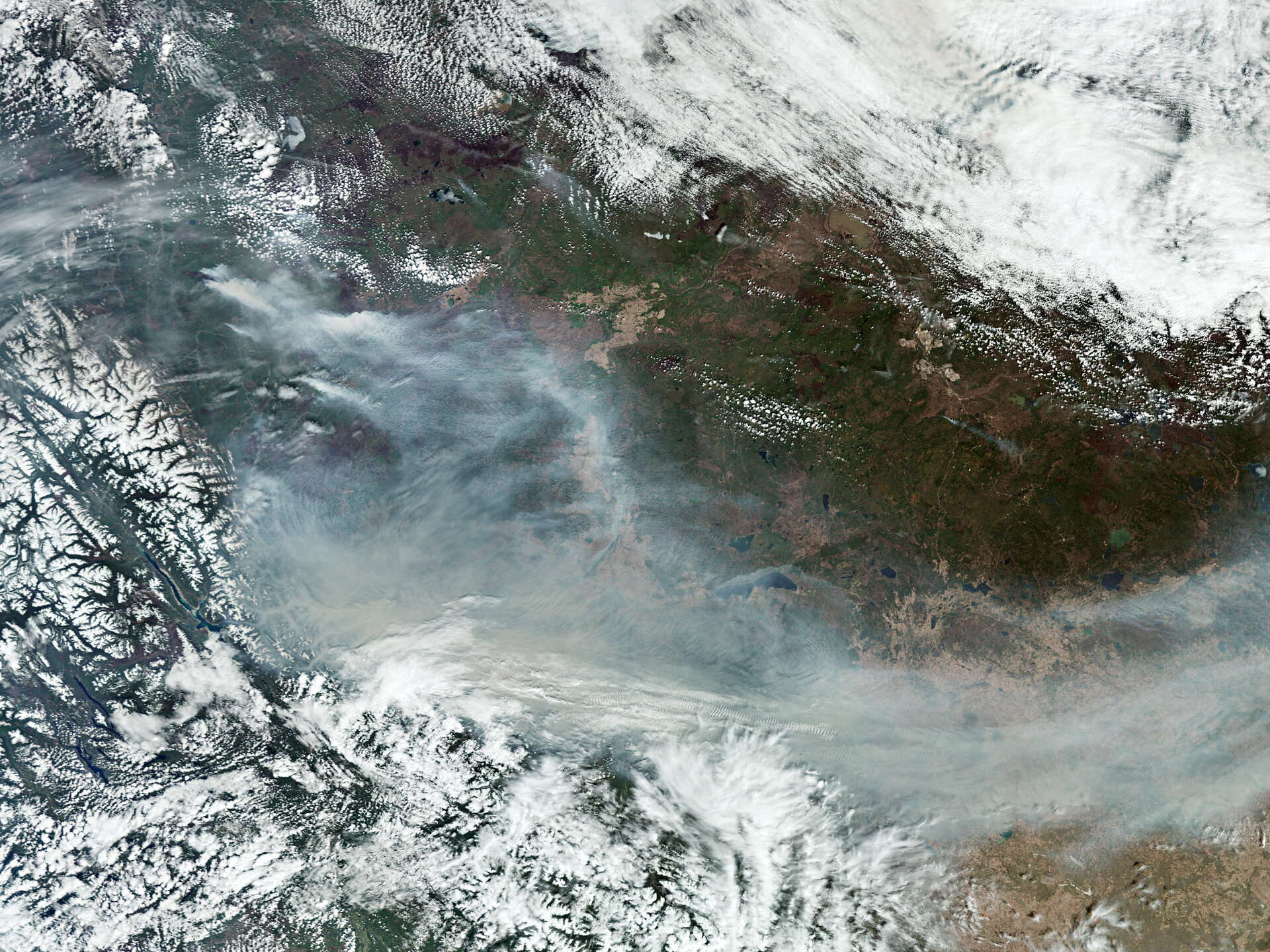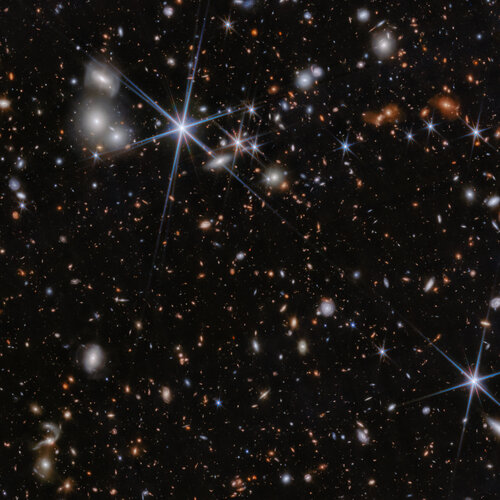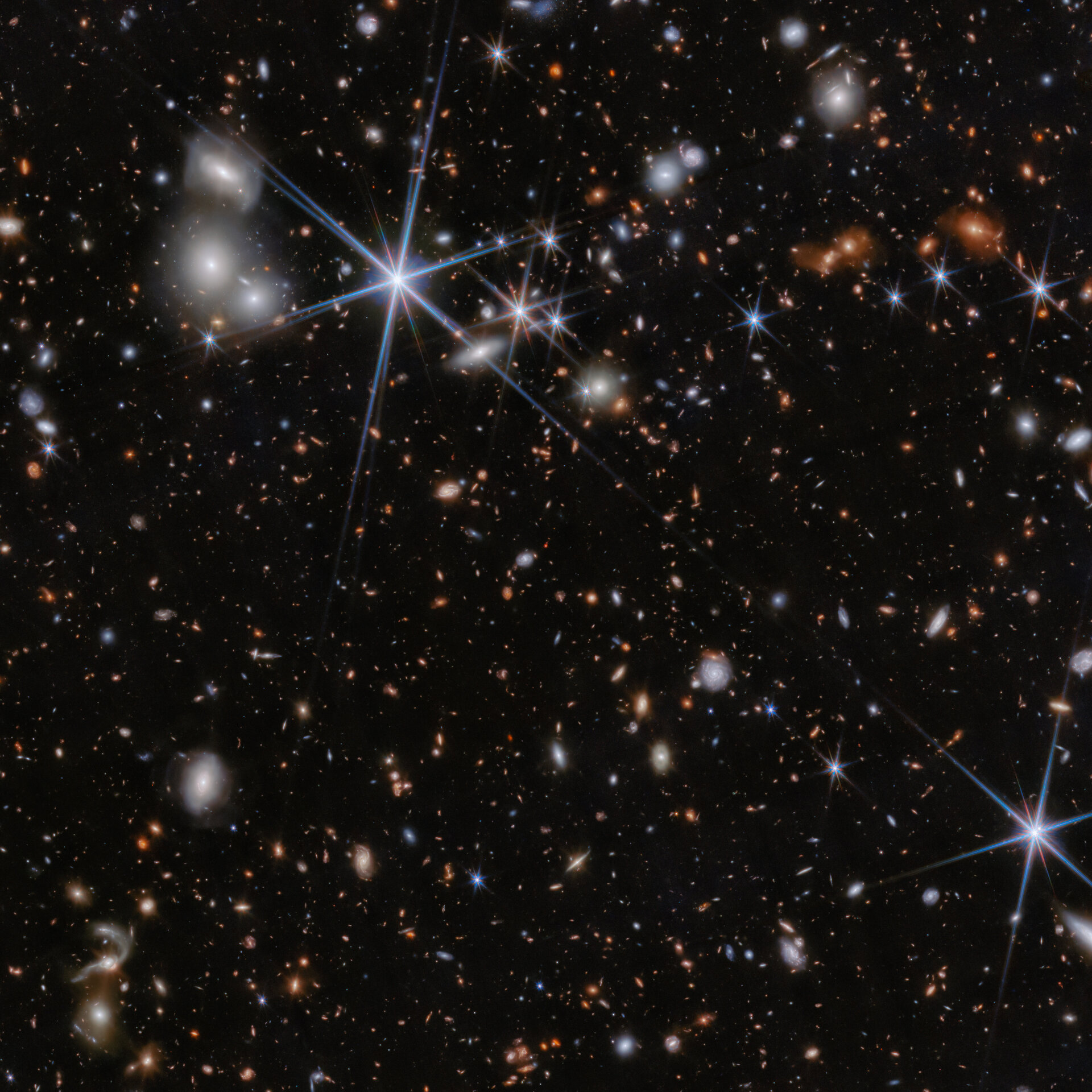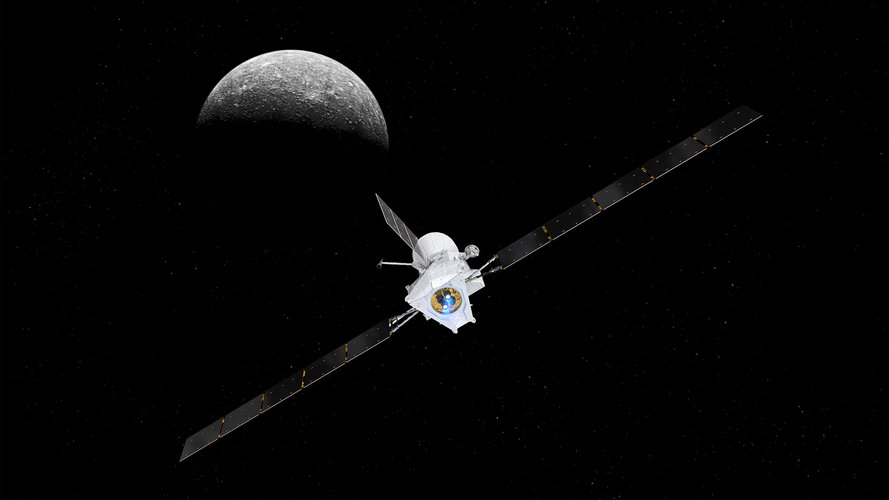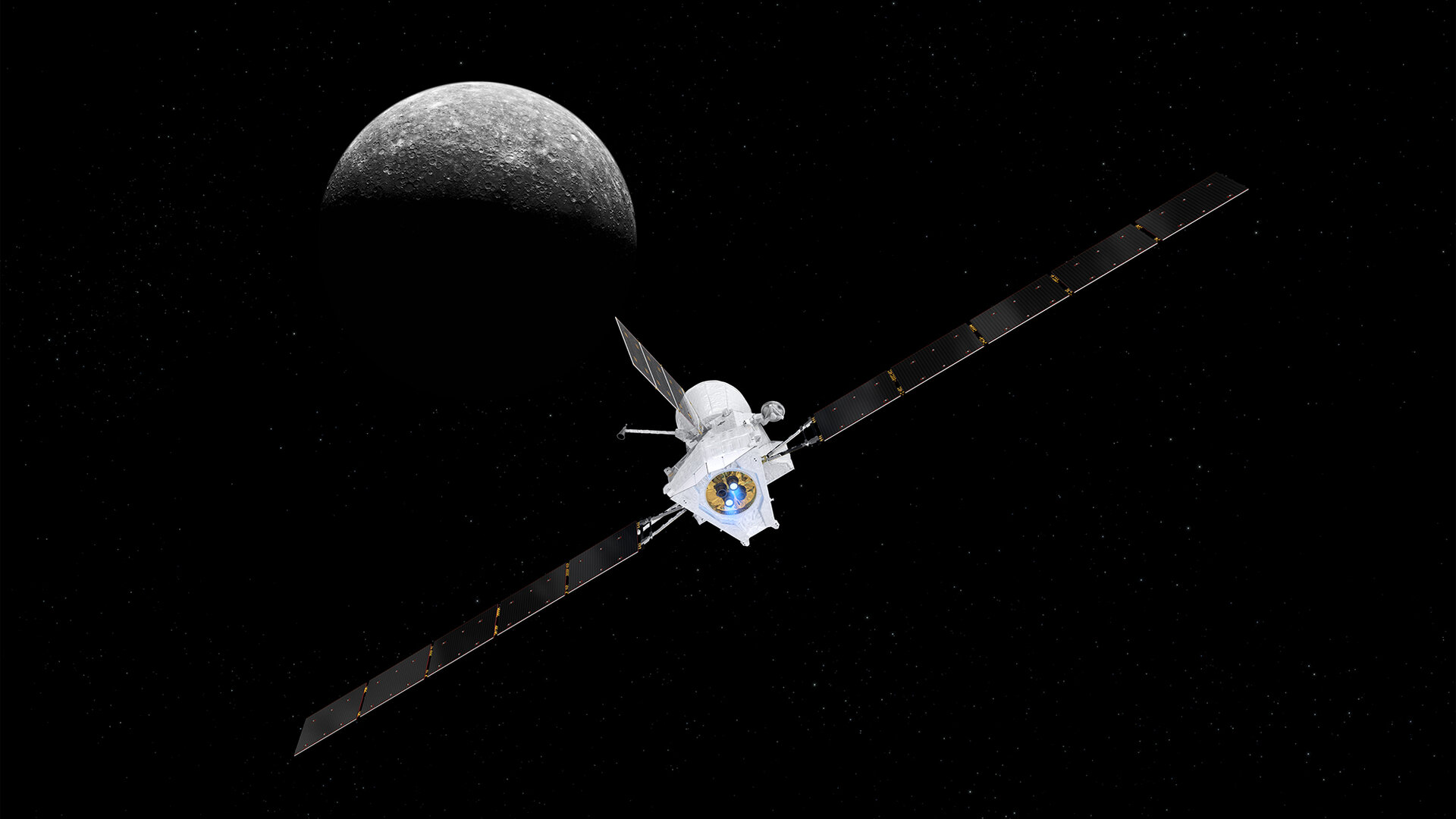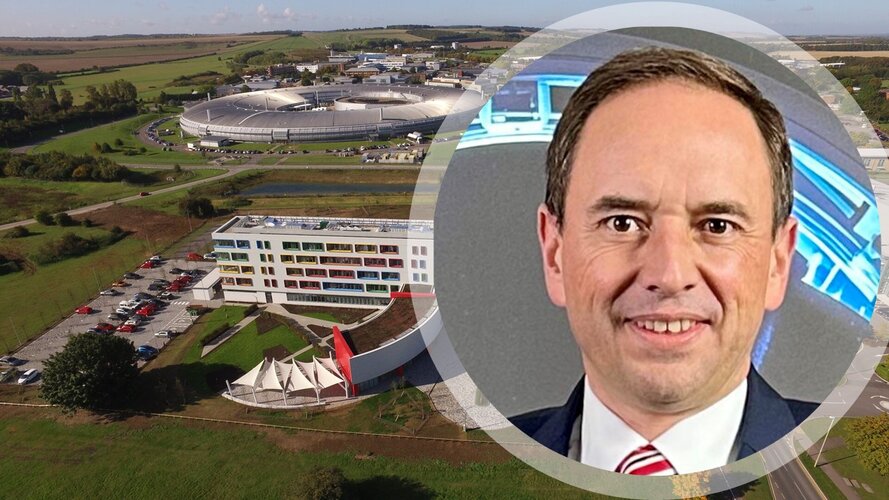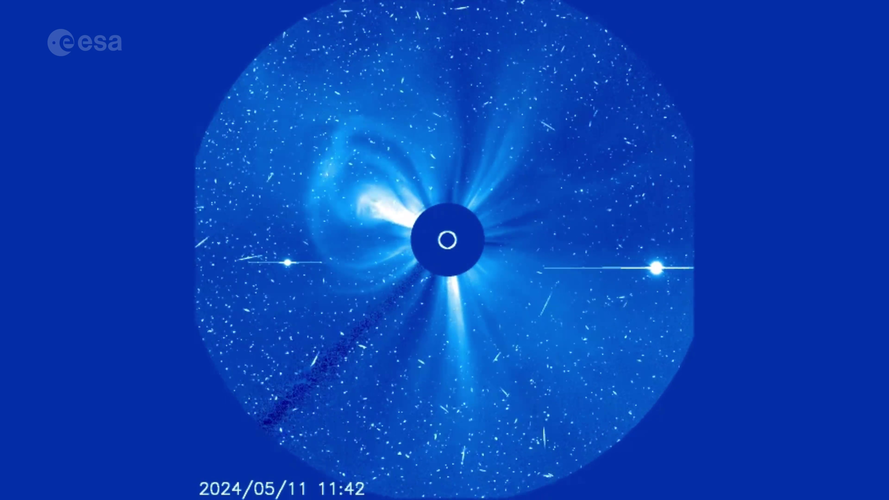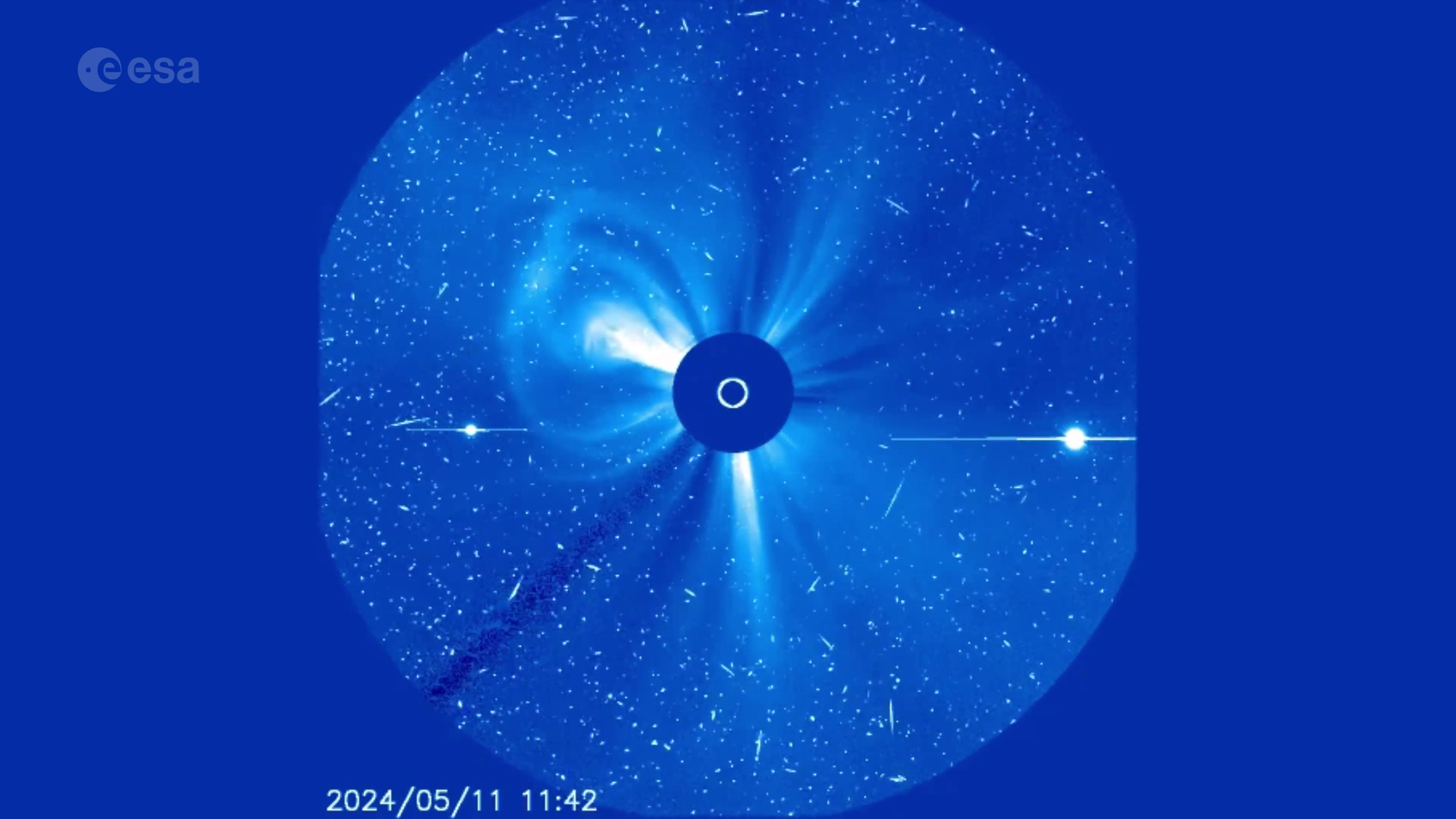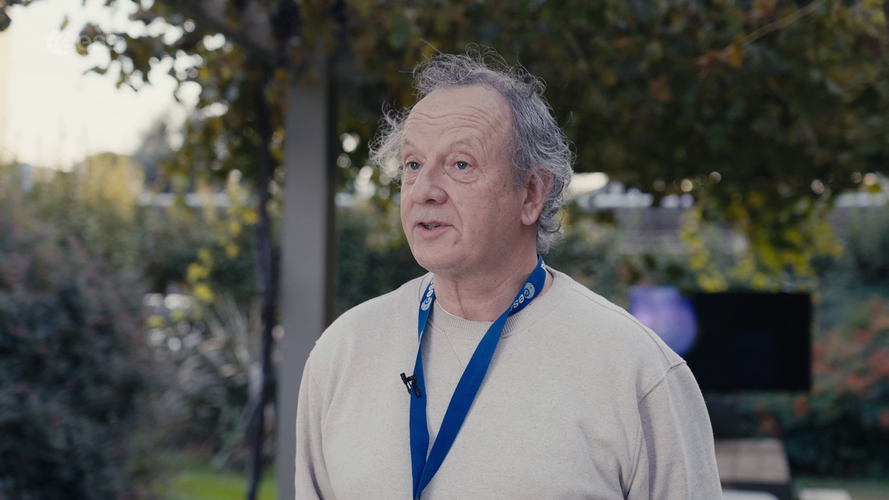
 Video: 00:04:43
Video: 00:04:43
A new satellite called EarthCARE launching later this month will provide unprecedented data on clouds and aerosols, contributing to our understanding of climate change. As we approach its launch, join us as we delve into the minds of some of the individuals who have contributed to EarthCARE over the years.
The mission will shed new light on the role that clouds and aerosols play in regulating Earth’s temperature.
This video features interviews with: Dave Donovan, Senior Scientist at the Royal Netherlands Meteorological Institute, Robin Hogan, Senior Scientist at the European Centre for Medium-Range Weather Forecasts, Ulla Wandinger, Senior Scientist at Leibniz Institute for Tropospheric Research, Alain Lefebvre, Retired Project Manager of EarthCARE at ESA, Hajime Okamoto, Director, Research Institute for Applied Mechanics, Kyushu University, Bjoern Frommknecht, EarthCARE Mission Manager at ESA, Edward Baudrez, Scientific Assistant at the Royal Meteorological Institute of Belgium, Thorsten Fehr, EarthCARE Mission Scientist at ESA, Pavlos Kollias from Stony Brook University – McGill University and Dirk Bernaerts, EarthCARE Project Manager at ESA.
Follow the EarthCARE launch campaign blog for more updates.
#earth #science #space #esa #europeanspaceagency
posted by pod_feeder_v2

